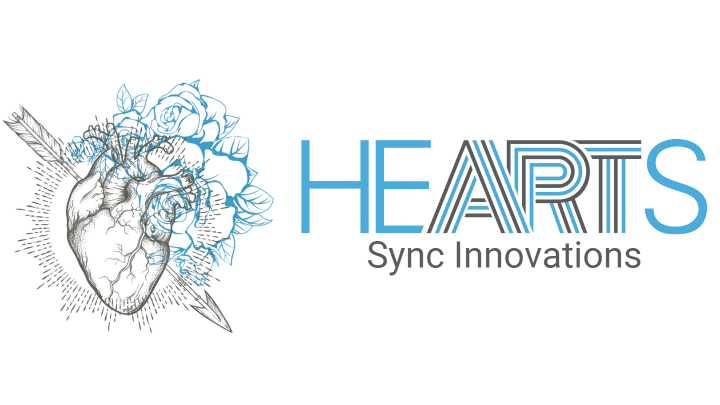Imagine a world where the response to the dreaded cancer diagnosis is not necessarily an immediate and aggressive treatment, but rather a patient and composed strategy. "Watchful waiting" may seem like a futuristic concept, but it is already a respected approach gaining traction in medicine. This method could not only improve quality of life but also optimize health outcomes manifold.
"Active surveillance," sometimes referred to as "watchful management," is a strategy in managing certain types of cancer, particularly low-risk prostate cancer. Instead of immediately resorting to aggressive therapy—which can bring side effects like incontinence or impotenceinability to achieve or maintain an erection—the cancer is closely monitored. This involves regular tests, biopsies, and imaging studies such as magnetic resonance imagingMRI, an imaging technique used to visualize organs and tissues to determine if and when treatment becomes necessary ([1], [2]). This aims to ensure that treatment is only initiated when the cancer grows or becomes more aggressive.
Active surveillance can significantly contribute to the quality of life for patients. By avoiding or delaying invasive treatments, physical and emotional burdens can be reduced, which is particularly beneficial in a condition like prostate cancer where the survival rate is quite high ([1]). Psychosocial support in the form of support groups can help address the challenges and fears associated with a cancer diagnosis by reducing feelings of isolation and promoting growth after traumatic events ([3]).
A significant study, the Prostate Testing for Cancer and Treatment (ProtecT) Trial, investigated different management strategies for prostate cancer and found that patients on active surveillance have similar survival rates to those undergoing radical prostatectomy or radiotherapyradiation therapy, yet develop fewer metastases [1]. Another study highlights the importance of MRI in patient monitoring, which can lead to better management decisions and potentially improved outcomes [2]. Both studies underscore the relevance of a differentiated approach in patient monitoring, with the exact methodological frameworks and long-term monitoring outcomes being crucial.
For patients opting for active surveillance, some lifestyle recommendations can be helpful. Stress management techniques such as Yoga Nidra can reduce both psychological and physical stress and enhance overall well-being [4]. Regular, open discussions with healthcare providers are essential to adjust the current monitoring strategy and make informed decisions [5]. Ultimately, active participation in support groups can provide emotional backing and help cope with anxieties and depression related to the cancer diagnosis [3].
Active surveillance for cancer is a promising strategy that can positively impact patients' well-being. Studies suggest that in many cases, it is as effective as aggressive treatment methods but comes with fewer physical burdens. By integrating stress management techniques and psychosocial support, patients can navigate the monitoring period better. In the end, informed and regular consultations with physicians will ensure the best individual strategy is followed.
This health article was created with AI support and is intended to help people access current scientific health knowledge. It contributes to the democratization of science – however, it does not replace professional medical advice and may present individual details in a simplified or slightly inaccurate manner due to AI-generated content. HEARTPORT and its affiliates assume no liability for the accuracy, completeness, or applicability of the information provided.








